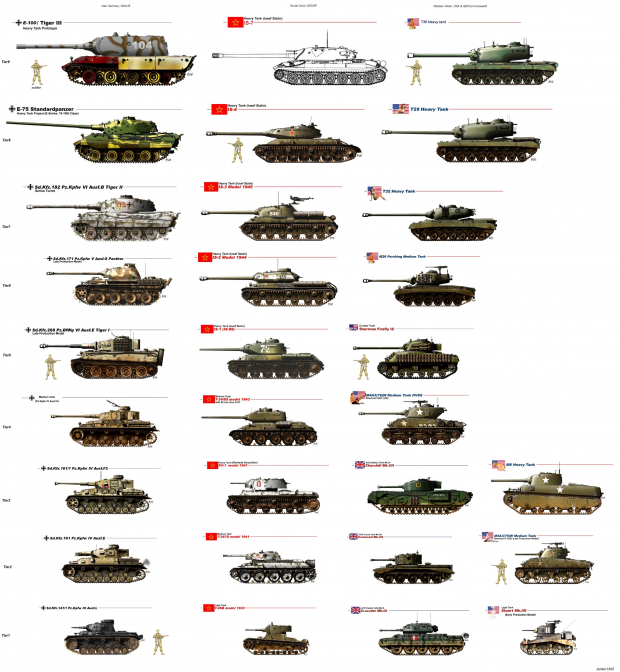

The Soviets originally fielded the T-34-85 medium tank and the IS-2 and IS-3 heavy tank replaced by the T-10. Initially both sides relied on Second World War MBTs in NATO's case the Sherman medium tank and its successor the M26 Pershing together with the British Centurion and the heavy Conqueror.

The mainstay of both alliances' groundforces were their main battle tanks (MBTs). In response the Soviet Union assembled and dominated the Warsaw Pact in 1954. Led by the USA with Western European partners, the North Atlantic Treaty Organization (NATO) was formed in 1949 to counter the Soviet threat.

With new ideas stemming from the latest academic research, this study presents a reappraisal of the development of tanks and their evolution during World War I and how the surge in technological development during World War II and the subsequent Cold War drove tank developments in Europe and America, transforming tanks into fast, resilient and powerful fighting machines.įrom the primitive, bizarre-looking Mark V to the Matilda and from the menacing King Tiger to the superlative M1 Abrams, Professor Ogorkiewicz shows how tanks gradually acquired the enhanced capabilities that enabled them to become what they are today - the core of combined-arms, mechanized warfare.Ĭontents: Introduction - Acknowledgements - The Origin of the Species - The 'Invention of the Tank' - First World War Battlefield Debut - Post-War Anticlimax - Britain's Lead and Failings - Tank Development in Europe and America - Creation of the Armoured Forces - Panzers and their Second World War Opponents - The Cold War's Five Dominant Countries - On the Peripheries of Major Powers - Asia Catches Up - Epilogue - Appendixes - Notes - Index. Offers a detailed, analytical and comprehensive account of the worldwide evolution of tanks, from their inception a century ago to the present day.


 0 kommentar(er)
0 kommentar(er)
